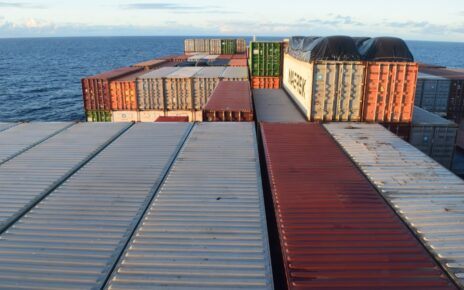How to Prepare for the Carbon Intensity Indicator (CII) Regulation
The Carbon Intensity Indicator (CII) is a new regulation that will affect the shipping industry from 2023 onwards. The CII is a rating system for ships that measures their carbon efficiency and assigns them a score from A to E, where A is the best and E is the worst. The CII is part of the International Maritime Organization (IMO)’s efforts to reduce greenhouse gas emissions from ships and achieve the goals of the Paris Agreement.
Carbon Intensity Indicator
The CII regulation will require all ships above 5,000 gross tonnage (GT) that trade internationally to calculate their annual operational CII and report it to their flag state and IMO. The CII is calculated by dividing the total CO2 emissions produced by a ship by the amount of cargo it carries over a given period of time. The CII will also determine the annual reduction factor needed to improve the ship’s carbon efficiency over time.
Ships that have a CII rating of D or E for three consecutive years will have to submit a corrective action plan to show how they will achieve a CII rating of C or above. Ships that fail to comply with the CII regulation may face penalties or sanctions from their flag state or port state.
The CII regulation will pose significant challenges and opportunities for ship owners, operators, managers, and charterers. They will have to monitor their ship’s performance, implement energy efficiency measures, adopt low-carbon fuels, and invest in new technologies to improve their CII rating and reduce their emissions.
Some of the possible ways to prepare for the CII regulation are:
– Conduct a gap analysis to assess the current status of your ship’s energy efficiency and carbon intensity, and identify areas for improvement.
– Calculate your ship’s attained Energy Efficiency Existing Ship Index (EEXI), which is another measure of energy efficiency that will be mandatory from 2023. The EEXI is based on the design characteristics of your ship and can be improved by retrofitting or modifying your ship’s equipment or systems.
– Develop a Ship Energy Efficiency Management Plan (SEEMP), which is a document that outlines the actions and measures you will take to improve your ship’s energy efficiency and reduce its emissions. The SEEMP should include both technical and operational measures, such as optimizing speed, route, trim, ballast, propulsion, and maintenance.
– Explore alternative fuels and technologies that can lower your ship’s carbon intensity, such as liquefied natural gas (LNG), biofuels, hydrogen, ammonia, methanol, wind-assisted propulsion, solar panels, batteries, or fuel cells. These options may require additional investments, infrastructure, or regulatory approvals, but they can also offer competitive advantages and long-term benefits.
– Engage with stakeholders and experts who can help you navigate the CII regulation and provide guidance, support, or solutions. These may include classification societies, consultants, technology providers, fuel suppliers, financiers, insurers, or regulators.
The CII regulation is a significant step towards decarbonizing the shipping industry and aligning it with the global climate agenda. By preparing for the CII regulation now, you can ensure your ship’s compliance, competitiveness, and sustainability in the future.



